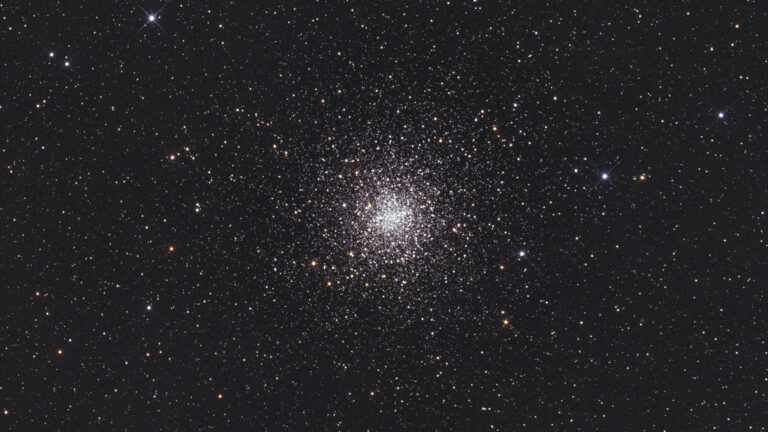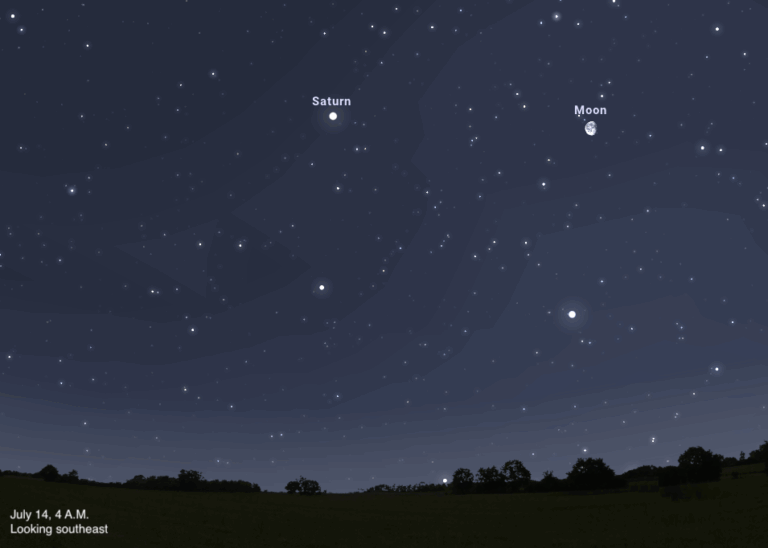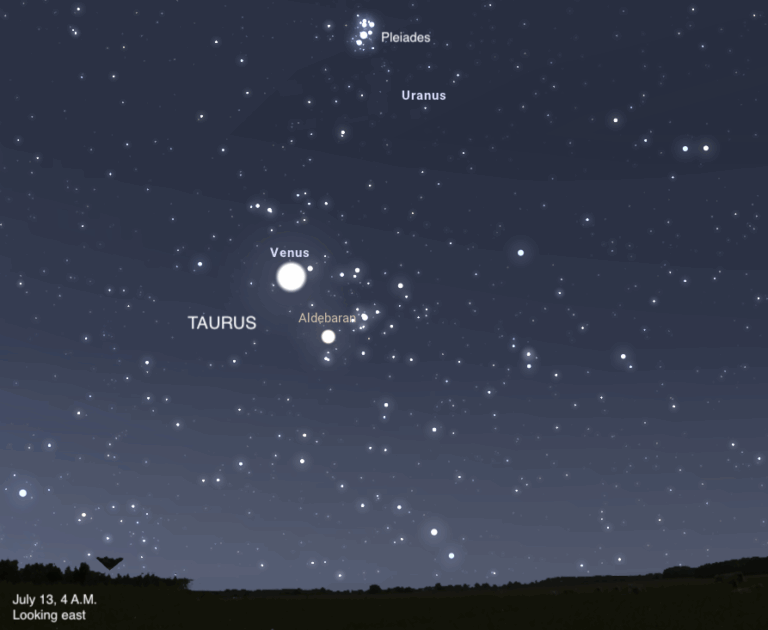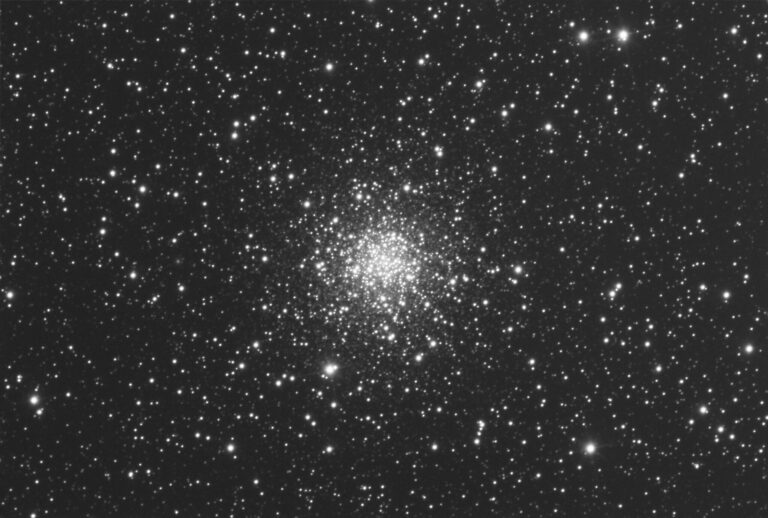Key Takeaways:
Targets for April 19–26, 2012
Small telescope: The Blue Planetary (NGC 3918)
Large telescope: Planetary nebula NGC 3699
Large telescope: Copeland’s Septet
A colorful disk
This week’s small-telescope target is the Blue Planetary, also known as NGC 3918 in the constellation Centaurus the Centaur.
This nice object lies 3.6° west-northwest of magnitude 2.8 Delta (δ) Crucis. It shines at magnitude 8.2 and measures 12″ across.
Even telescopes with apertures as small as 3 inches reveal the nebula’s vivid blue, greenish-blue, or blue-green color. The hue you detect depends on your eyes’ color sensitivity.
The disk has incredible surface brightness and a sharp edge. Unfortunately, although you can crank up the magnification in big scopes past 500x on this object, you won’t see details other than the color.
A “double” planetary
This week’s first large-scope object is another planetary nebula in Centaurus, NGC 3699. It glows at magnitude 11.0 and has a diameter of 67″.
This planetary sits 0.7° southwest of the magnitude 5.0 double star Omicron (ο) Centauri in a really rich star field. Until recently, astronomers classified NGC 3699 as an ionized hydrogen (HII) region. They now recognize it as a bipolar planetary nebula.
And you’ll see its double nature through a 12-inch telescope. Crank the magnification up to 250x, and the two disks — the brighter one lies to the north — appear mottled. A nebula filter really helps. This planetary isn’t huge, but its high surface brightness allows you to use really high magnification, so don’t be afraid to grab your short-focal-length eyepieces.
Coping with seven
This week’s second large-telescope target is Copeland’s Septet in the constellation Leo the Lion. It’s a compact galaxy group also known as Hickson 57.
You’ll need serious aperture to get much out of this group, but it’s worth the trouble to transport and set up a large telescope just to say you’ve seen it. To locate the Septet, point your scope 5.7° east-northeast of magnitude 2.6 Zosma (Delta Leonis).
Scottish astronomer Ralph Copeland discovered this tiny group of galaxies in 1874. At the time, he worked for William Parsons, Third Earl of Rosse. Copeland almost certainly sighted what would come to be called his Septet through Parsons’ 72-inch speculum-mirror reflector, the Leviathan of Parsonstown. In Copeland’s descriptions for the New General Catalogue, he described five of the galaxies as “pretty bright.”
The Septet comprises seven galaxies: magnitude 15.2 NGC 3745, magnitude 14.2 NGC 3746, magnitude 14.8 NGC 3748, magnitude 14.2 NGC 3750, magnitude 15.0 NGC 3751, magnitude 13.6 NGC 3753, and magnitude 14.4 NGC 3754. Please note that the listed magnitudes for these galaxies are all over the map, so you will find variations to the ones I’ve given. Hickson 57 stretches 5′ by 2′ in a general north-south orientation.
Be patient when you observe Copeland’s Septet, especially through telescopes smaller than 18 inches in aperture. The key to spotting all seven is your site’s seeing (atmospheric stability). If the stars near the zenith are twinkling at all, move on to the next object, and try for the Septet another night.
Expand your observing at Astronomy.com
StarDome
Check out Astronomy.com’s interactive StarDome to see an accurate map of your sky. This tool will help you locate this week’s targets.
The Sky this Week
Get a daily digest of celestial events coming soon to a sky near you.
Observing Talk
After you listen to the podcast and try to find the objects, be sure to share your observing experience with us by leaving a comment at the blog or in the Reader Forums.











